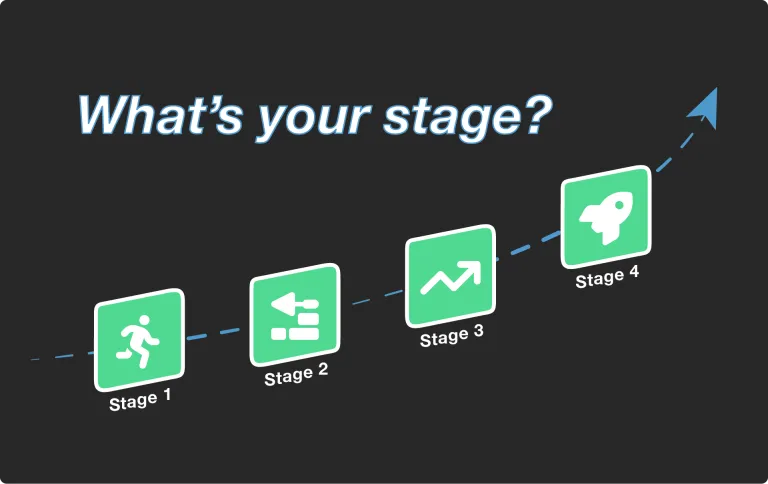A couple of weeks ago, I had coffee with a friend who was feeling frustrated with a team member in his business.
He wasn’t satisfied with the job the team member was doing and felt like a lot of things were falling through the cracks. I’ve been there, too - often feeling like one of my team members was just floating along, even though they’re an incredibly capable person. This situation is frequently our fault as leaders because we haven’t provided enough clarity about the role and our expectations.
Our team members cannot read our minds. And it would be wrong for us to hold a team member accountable for something we have not clearly communicated to them.
If only there were some way to cut through the fog and noise to bring deep clarity…
Enter Key Results Areas
Hands down, the very best tool I know of to bring role clarity is the Key Results Areas (KRA) document.
It’s like a job description, but better. If you’ve got a team member who isn’t performing like you think they should be, or someone with untapped potential, this might be just the ticket.
The reason the KRA works so well is that it focuses on the outcomes you want from a role, not tasks. Those outcomes are results that matter for your business, which, let’s face it, is why you hired someone in the first place. The document forces laser focus on just a couple of areas that matter most to your business. And it describes what, not how. As it turns out, “what, not how” is a very important distinction.
Your team members will love this because they’ll be empowered to produce results (missionaries) instead of checking a list (mercenaries). They’ll have a clear picture of what winning looks like in their role. And that picture of success will be in their minds because the KRA is easy to reference and will be revisited all the time.
You’ll get better results and you’ll have happier team members - a winning combination.
KRAs in Action
I have 5 kids, so let me give you a quick example from my home.
We make our kids do chores and help around the house - I know, what a tyrant parent, right? I’d grown weary of having the same old conversation about sweeping the floor.
It usually went something like this:
Me: “Son, I thought I asked you to sweep the floor.
Him: “I did”.
Me: “But there are still crumbs all over the floor…”
Him: “I really did sweep!”
I finally had a light bulb moment when I realized this was all my fault because I’d defined the job poorly.
Old way: “Your job is to sweep the floor” (task).
New way: “Your job is to make sure the floor is clean. I don’t care if you sweep, vacuum, or lick. If the floor is not clean, your job is not done” (result).
This was utterly transformative: if the floor is clean - “great job”; if the floor is not clean - “there’s more work to do”.
Start with just one team member
The best way to start with KRAs is to try it with just one of your team members.
It might be best to start with a team member who is struggling, but there’s no harm in working with someone who is already a top performer to see how they improve, either. I’ve recorded a brief video below that explains how to build a KRA. You can create your own template after seeing the one I use in the video, or you can get my free template here.
This has worked for me, it’s working for my friend, and it will work for you, too.
How this will make you money
If you don’t provide role clarity, you’re leaving your team to guess at what you want in an attempt to read your mind.
When you roll out KRAs, your team will stop wasting time on tasks that don’t matter because you will have made the results you expect clear. Your team will actually produce results that matter. And you’ll have happier people who are empowered to find creative ways to produce important results without you having to hover.
That’s a win/win/win!
Your Action Plan
Here’s your action plan for this week:
- Choose one team member to try this with.
- Get my free KRA template or create your own.
- Block one hour to sit down, watch the video (4 mins), make your first KRA, and then review it with your team member
If you need some help implementing or would like to learn more, you can schedule a free 30-minute consultation with me. I’d be happy to coach you on getting started.
To thriving,
Zach



